-
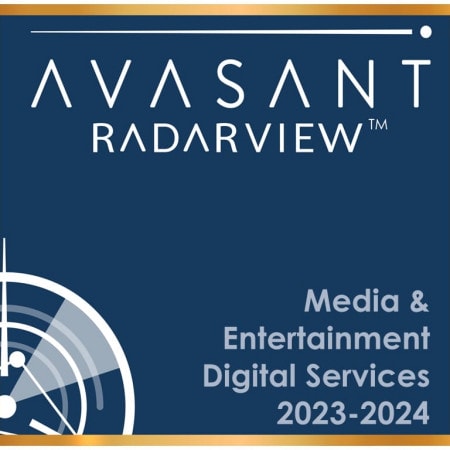
Media and Entertainment Digital Services 2023–2024 RadarView™
The Media and Entertainment Digital Services 2023–2024 RadarView™ helps media and entertainment enterprises craft a robust strategy based on industry outlook, best practices, and digital transformation. The report can also aid them in identifying the right partners and service providers to accelerate their digital transformation in this space. The 77-page report also highlights top market trends in the media and entertainment space and Avasant’s viewpoint.
June, 2023
-

IT Spending Trends in the Energy and Utilities Sector 2024
It is a challenging time for organizations in the energy and utilities sector, with global conflicts, supply chain issues, government mandates, and environmental concerns churning the waters. The demands on their IT organizations are significant. What is it about the energy and utilities sector that makes it unique? In this report, we analyze the ways in which this sector differs from other sectors in terms of their IT spending characteristics. We conclude with recommendations for optimizing the IT budget within this sector.
May, 2024
-

Higher Education Digital Services 2023–2024 RadarView™
The Higher Education Digital Services 2023–2024 RadarView™ helps higher education institutes craft a robust business strategy based on industry outlook, best practices, and digital transformation. The report can also aid them in identifying the right partners and service providers to accelerate their digital transformation in the higher education space. In addition, the 49-page report highlights top market trends in the higher education space and Avasant’s viewpoint on them.
July, 2023
-

IT Spending Trends in the Education Sector 2024
The education sector faces many complex and interrelated socio-economic, political, and technological challenges. But the sector is crucial in shaping the future of society, requiring creative solutions to address these multifaceted problems. This report analyzes the unique IT characteristics of the education sector with its various subsectors. We conclude with the outlook for increased IT spending and staffing in the education sector in the coming years.
May, 2024
-
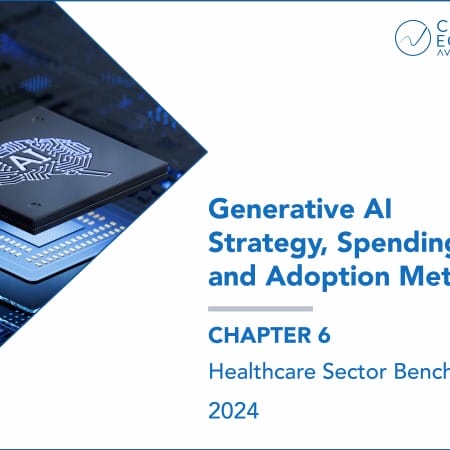
Generative AI Strategy, Spending, and Adoption Metrics 2024: Chapter 6: Healthcare Sector Benchmarks
This chapter provides generative AI metrics for the healthcare sector. It features a sample of 11 healthcare organizations including hospitals, hospital systems, clinics and retirement homes. It includes metrics on how much enterprises are spending on generative AI, where they are spending it, and how they are governing it.
December, 2023
-

IT Spending Trends in Healthcare Payors Sector 2024
In the ever-evolving healthcare landscape, payors play a crucial role in managing costs and ensuring quality care. As the industry faces growing demands and technological advancements, healthcare payors must balance the need to improve service quality while remaining competitive. How are they achieving this? This report explores the key IT spending trends driving these transformative investments and their impact on the healthcare payor sector. It also draws on our latest benchmarking survey to offer essential metrics, identify major challenges, and present best practices and recommendations for maximizing IT value. Additionally, it analyzes the impact of IT spending on service quality and cost efficiency.
June, 2024
-

New Technologies for Grab-And-Go Shopping
Autonomous, grab-and-go shopping is on the rise worldwide, with retailers searching for solutions to speed up store visits, increase customer satisfaction, boost sales, optimize store layouts, and deal with labor shortages.
May, 2023
-

Aerospace and Defense Digital Services 2023–2024 RadarView™
The Aerospace and Defense Digital Services 2023–2024 RadarView™ can help aerospace and defense enterprises craft a robust strategy based on industry outlook, best practices, and digital transformation. The report can also aid them in identifying the right partners and service providers to accelerate their digital transformation in this space. The 69-page report also highlights top market trends in the aerospace and defense industry and Avasant’s viewpoint.
December, 2023
-

IT Spending Trends in Healthcare Services 2024
IT spending in the healthcare services industry is rising, driven by the need for digital transformation and advanced technologies such as AI and telehealth. These investments aim to enhance clinical outcomes and streamline administrative processes. However, they also introduce challenges such as cybersecurity risks, data privacy concerns, legacy system integration issues, and a shortage of IT skills. How are organizations ensuring the success and sustainability of their IT initiatives? This report reviews current IT spending trends, key metrics from our benchmarking survey, and the implications for the industry's future, concluding with an overview of the role of IT in improving healthcare quality.
July, 2024
-
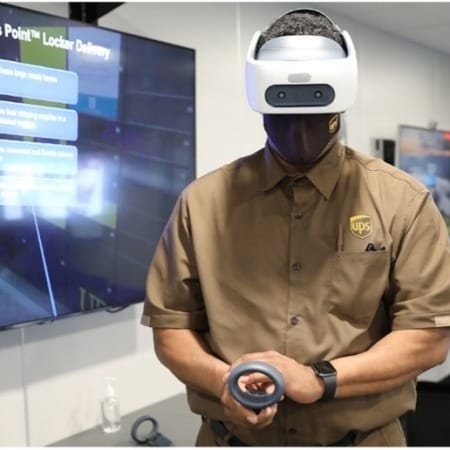
Heads Up: Addressing the Specific Device Management Needs of XR Headsets
Many Fortune 500 companies increasingly rely on AR, VR, and XR (augmented, virtual, and extended reality) devices to train employees, collaborate, perform maintenance, visualize data, run product demos, and more. But traditional mobile device management (MDM) or unified endpoint management (UEM) platforms are not necessarily good for managing AR/VR/XR devices. These headsets have specific management and security needs, and once an enterprise scales its AR/VR/XR program, it needs a platform tailored specifically to these types of devices. Innovative companies like ArborXR have stepped up to fill this need.
July, 2023
-

Strategic Growth in the Aerospace and Defense Sector: Overcoming Barriers and Capitalizing on Opportunities
In the aerospace and defense (A&D) industry, service providers are key to helping enterprises achieve lower operational costs, improve productivity, and meet their goals. They assist with business operations, including product design, supply chain management, and manufacturing. However, in an industry as competitive and regulated as A&D, service providers face many barriers to expanding within the industry. Compliance requirements, technological advancements, and a scaling supply chain introduce unique challenges that leave service providers needing a strategic approach to expansion.
June, 2024
-
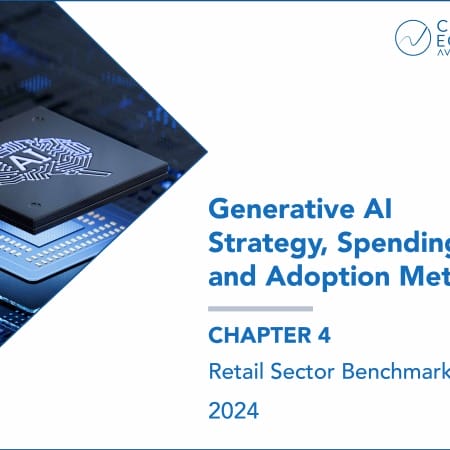
Generative AI Strategy, Spending, and Adoption Metrics 2024: Chapter 4: Retail Sector Benchmarks
This chapter provides generative AI metrics for the retail sector. It features a sample of 15 retailers including department stores, apparel retailers, multinational brick-and-mortar chains, toys, and office supplies, as well as online retailers. It includes metrics on how much enterprises are spending on generative AI, where they are spending it, and how they are governing it.
December, 2023
-
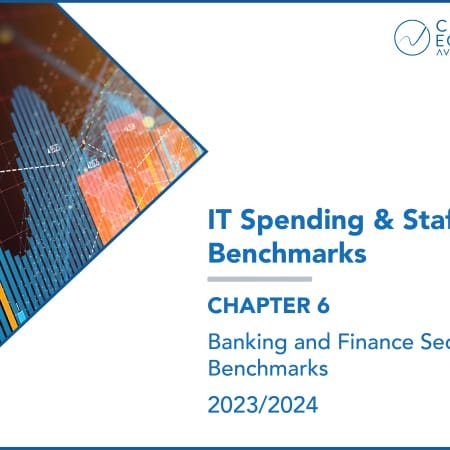
IT Spending and Staffing Benchmarks 2023/2024: Chapter 6: Banking and Finance Sector Benchmarks
Chapter 6 provides benchmarks for banking and financial services companies. The firms in this sector include commercial banks, investment banks, credit unions, mortgage lenders, consumer finance lenders, and other types of lenders and financial services providers. The 30 respondents in this sector range in size from a minimum of about $50 million to over $40 billion in annual sales.
July, 2023

 Grid View
Grid View List View
List View
